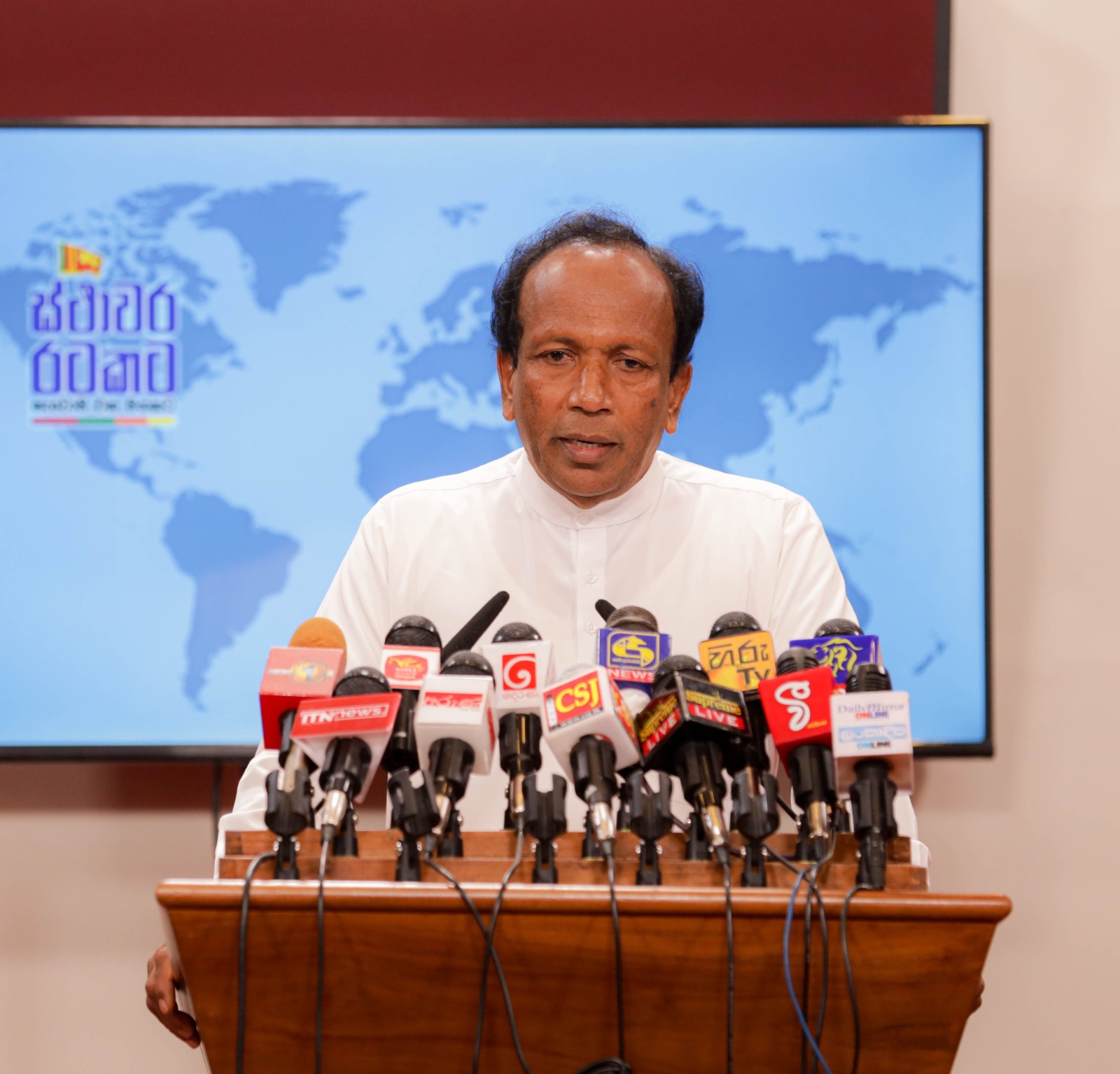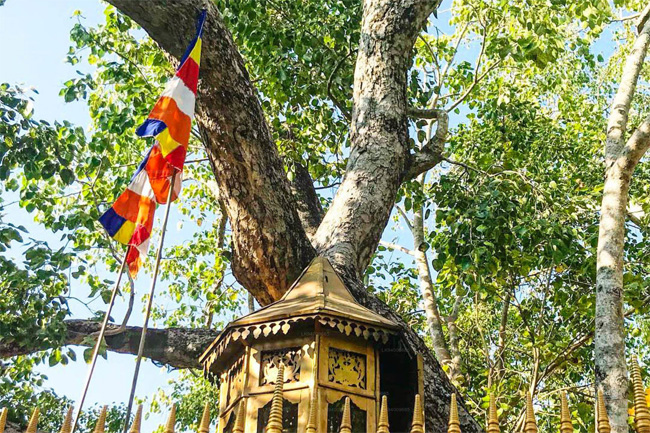State Minister of Livestock Development D. B. Herath said that people are interested in the production and consumption of liquid milk, and by supporting the liquid milk business it has been feasible to boost the dairy farmer’s economics and satisfy the country’s need for protein.
The Minister also mentioned that the government has implemented a specific program to promote liquid milk production in the country.
He expressed these views July 7 during a press conference themed ‘Collective Path to a Stable Country’ held at the Presidential Media Center (PMC).
State Minister D. B. Herath further commented;
In the past, the Ministry of Agriculture had to face many problems. In the face of that crisis, the President started a strong program to meet the food needs of the people of the country.
The Ministry of Agriculture faced numerous issues in the past. The President launched a robust effort to meet the food needs of the people of the country in response to that disaster.
Our goal in the livestock sector is to primarily supply the nation’s protein and dairy needs. Medical guidelines state that one individual requires 100 ml of milk every day. As a result, the nation should produce 750 million ml of milk per day.
Sri Lanka government is spending Rs. 58 billion for import milk powder.
In the year 2021, we could not achieve those goals. We could produce only 712 million litres of milk. We had to import the rest from foreign countries. The government has spent Rs. 58 billion for that. This is a serious challenge for us economically.
To date, customs concessions have been provided to import animal feed and medicine. The possibility to import mother animals has also been made available. We intend to reduce costs by doing this. We anticipate charging the consumer a fair fee for these products. Restarting industry-related enterprises that have failed is one of our key objectives.
Making the nation milk self-sufficient is our goal. Despite the difficulty, we have commenced the required program for that. We currently have only 16,000 cows in this program. Additionally, there are 400,000 buffaloes.
Currently, the Central and North-West Provinces make significant contributions to milk production. Additionally, the majority of animals are raised solely for meat in the Eastern and Southern Provinces.
Also, we are currently implementing a program to provide the knowledge related to the subject to other farmers in that field, including the small-scale farmers who represent the livestock sector, thereby increasing the production capacity.
In order to make the milk production process successful, special attention should be paid to the food, health and maintenance of the animals, the breeding process as well as the mother animals. The government has started a specific program for that and implemented it throughout the island.
The Ministry of Agriculture is currently working to cultivate grass as a crop. The government gives one farmer a Rs. 20,000 grant under the program set up for that reason.
Also, attention has been paid to use irrigation industries legally to meet animal feed and other needs. The amount of milk that can be obtained from the traditional animal population of Sri Lanka is at a minimum level. Only four to five litres of milk can be obtained from local traditional cows. However, we have been able to identify cases where one animal produces about forty litres of milk per day. We also have to go into a system of getting at least 15 litres of milk from each animal. For this, a program that increases the genetic strength of animals is needed. And through the breeding process, it is expected to create a strong generation of cattle. It helps us to meet our nutritional needs.
Due to the low nutritional quality of some types of milk powder, the developed countries of the world have already opted to use liquid milk. As we have recognized this need, we are following a strategic plan for that. Accordingly, small centres that can collect 5000 litres of liquid milk per day have already been started in several districts.
The public have already expressed interest in the manufacturing and consumption of liquid milk. The farmer can make more money by commencing this type of milk-related production activities which will give them more profit.
It must be acknowledged that this is a massive initiative to support the way of life of dairy farmers and satisfy the nation’s demand for protein.
Additionally, a program involving the Youth Service Council and farmers’ children who are involved in animal husbandry is anticipated to be implemented in order to boost milk output. Additionally, the government is concentrating on poultry and egg production in order to suit local demands.
The poultry and egg sector in this nation had to deal with a significant issue following Covid and the economic crisis. To supply the country’s daily needs, 80 lakh eggs are needed. Due to its inability to satisfy this demand domestically, the government was forced to import eggs.
But things are starting to change now. The difficulty of developing mother animals for that is something we are effectively overcoming.
As of right now, we have imported around 210,000 metric tons of corn. There won’t be a feed shortage in the future as a result. In addition, measures have been taken to ensure that the nation can produce enough maize on its own in the future. The related conversations with businessmen are now complete.
The government has also concentrated on exporting chicken. Sri Lankan meat is in high demand, particularly in the Maldives, the Middle East, and Gulf countries. Along with that, we have concentrated on enhancing the meat sector and generating the necessary foreign exchange for the nation.
President’s Media Division





